Home>Garden Essentials>How To Make Organic Soil Mix?
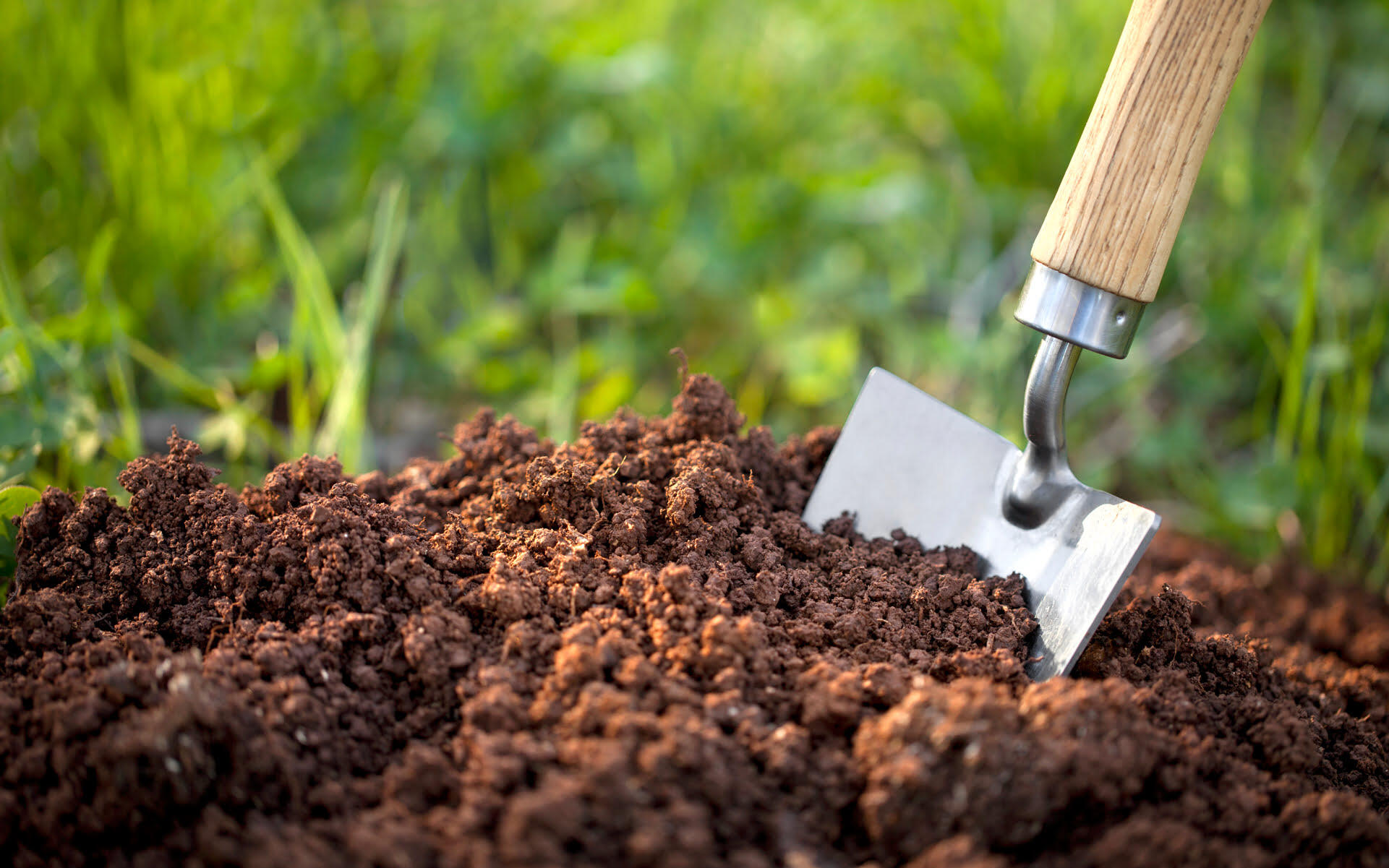

Garden Essentials
How To Make Organic Soil Mix?
Modified: March 16, 2024
Learn how to make your own organic soil mix for your garden. Create a nutrient-rich blend with natural ingredients to promote healthy plant growth.
(Many of the links in this article redirect to a specific reviewed product. Your purchase of these products through affiliate links helps to generate commission for Storables.com, at no extra cost. Learn more)
Introduction
Welcome to the world of gardening, where your green thumb can transform even the tiniest patch of earth into an oasis of lush foliage and beautiful blooms. Whether you’re a seasoned gardener or just getting started, one thing you’ll quickly learn is the importance of having healthy soil. And when it comes to soil, organic is the way to go.
Organic soil provides numerous benefits over conventional soil, including improved fertility, enhanced water retention, and increased microbial activity. By creating your own organic soil mix, you can ensure that your plants receive all the nutrients they need for optimal growth and vitality.
In this article, we’ll explore the benefits of using organic soil mix, factors to consider before making your mix, the components of an organic soil mix, and a step-by-step guide on how to make your own. We’ll also provide some tips for using organic soil mix effectively. So grab your gardening gloves and let’s dive in!
Key Takeaways:
- Creating your own organic soil mix provides essential nutrients, improves soil structure, and promotes a thriving ecosystem, leading to healthier and more vibrant plants in your garden.
- By considering factors like plant requirements, soil testing, and local climate, you can tailor your organic soil mix to meet the specific needs of your plants, ensuring the best results for your garden.
Read more: How To Make Potting Soil Mix
Benefits of Organic Soil Mix
An organic soil mix offers a myriad of benefits for your garden. Here are some of the key advantages:
- Improved Nutrient Availability: Organic soil mix contains a rich blend of natural materials, such as compost, manure, and organic matter. These ingredients provide essential nutrients that are slowly released into the soil, ensuring a steady supply for your plants. This helps to maintain healthy growth and vibrant foliage.
- Enhanced Water Retention: Organic matter in the soil acts like a sponge, absorbing moisture and holding it for longer periods. This helps to prevent water runoff and reduces the need for frequent irrigation. Plants grown in organic soil mix are better able to withstand dry spells and require less water overall.
- Increased Microbial Activity: Organic soil mix creates a habitat for beneficial microorganisms, such as bacteria and fungi. These microorganisms play a crucial role in breaking down organic matter and converting nutrients into forms that are easily absorbed by plants. This enhances soil fertility and promotes a healthy, well-balanced ecosystem.
- Reduced Soil Erosion: The organic matter in the soil mix helps to bind soil particles together, reducing the risk of erosion from wind and water. This is especially important for gardens on sloped areas or in regions prone to heavy rainfall. By preventing soil erosion, organic soil mix helps to maintain the integrity of your garden beds.
- Enhanced Soil Structure: Organic matter improves the structure of the soil, making it looser and crumbly. This allows for better aeration and drainage, preventing compaction and waterlogging. Improved soil structure also promotes the development of healthy root systems, enabling plants to take up nutrients and water more efficiently.
- Environmental Benefits: Using organic soil mix is not only beneficial for your garden but also for the environment. By incorporating organic materials and minimizing the use of synthetic fertilizers, you reduce the risk of chemical runoff into water sources. This helps to protect aquatic life and maintain a balanced ecosystem.
By embracing organic soil mix in your gardening endeavors, you can enjoy these benefits and create a thriving, sustainable garden that nourishes both plants and the environment.
Factors to Consider Before Making Organic Soil Mix
Before you dive into making your own organic soil mix, it’s important to consider a few factors that will help you achieve the best results. Here are some key points to keep in mind:
- Plant Requirements: Different plants have different soil requirements. Some prefer well-draining soil, while others thrive in moisture-retentive soil. Before making your organic soil mix, research the specific needs of the plants you intend to grow. This will help you determine the appropriate ratio of ingredients to create the ideal soil environment for your plants.
- Soil Testing: Conduct a soil test to assess the pH level and nutrient content of your existing soil. This will help you identify any deficiencies or imbalances that need to be addressed. Based on the results, you can customize your organic soil mix by adding specific amendments to correct any soil issues.
- Local Climate: Consider the climate in your area when formulating your organic soil mix. If you live in a hot and arid region, incorporating materials that help retain moisture would be beneficial. Likewise, if you reside in a wet and humid environment, using ingredients that improve drainage would be essential.
- Availability of Ingredients: Take into account the availability of organic materials in your area. Some ingredients, such as compost, can be easily obtained from your own compost pile or purchased from garden centers. However, other ingredients may require more effort to source. Consider using locally available materials to ensure a sustainable and cost-effective approach.
- Budget: Consider your budget when selecting ingredients for your organic soil mix. Some materials, such as vermiculite or perlite, may be more expensive than others. Determine your budget and choose ingredients accordingly, while still prioritizing the overall quality and effectiveness of the mix.
- Time and Effort: Making organic soil mix requires time and effort, especially if you plan to compost or prepare certain organic materials from scratch. Consider your availability and willingness to invest time and effort into creating and maintaining your organic soil mix. If time is limited, you may opt for commercially available organic soil mixes that meet your requirements.
By considering these factors, you can fine-tune your organic soil mix to suit the specific needs of your plants and create a healthy and nourishing environment for their growth.
Components of an Organic Soil Mix
An organic soil mix is composed of various components that work together to provide the necessary nutrition and structure for plant growth. Here are the key components you will need:
- Compost: Compost is the backbone of any organic soil mix. It is rich in organic matter, nutrients, and beneficial microorganisms. Compost improves soil structure, enhances moisture retention, and provides a slow-release source of nutrients for plants.
- Peat Moss or Coconut Coir: Peat moss or coconut coir act as soil amendments that improve moisture retention and drainage. These materials also help loosen compacted soil and provide an airy texture that allows for root development.
- Perlite or Vermiculite: Perlite and vermiculite are lightweight materials that are added to the soil mix to improve aeration and drainage. They ensure that the soil is not too compacted and allow roots to access oxygen more easily.
- Manure: Well-aged composted animal manure, such as cow or chicken manure, adds essential nutrients to the soil mix. It also improves soil structure and encourages beneficial microbial activity.
- Leaf Mold or Leaf Compost: Leaf mold or leaf compost is made from decomposed leaves and provides organic matter to enrich the soil. It enhances moisture retention, improves soil structure, and encourages beneficial microbial activity.
- Mineral Amendments: Depending on the nutrient needs identified through soil testing, mineral amendments such as bone meal, rock phosphate, or greensand can be added to the soil mix to provide specific nutrients that may be deficient.
- Organic Fertilizers: Organic fertilizers like fish emulsion, seaweed extract, or organic vegetable-based fertilizers can be incorporated into the soil mix to provide additional nutrients to support plant growth.
It’s important to note that the ratios of these components may vary depending on the specific requirements of your plants and the characteristics of your soil. Experimentation and adaptation are key to finding the right balance in your organic soil mix.
Remember, the goal is to create a well-balanced and nutrient-rich environment for your plants. By combining these components in the appropriate proportions, you can create a customized organic soil mix that provides optimal conditions for plant growth and development.
Tip: To make organic soil mix, combine equal parts compost, peat moss, and perlite or vermiculite. This will provide a nutrient-rich, well-draining medium for your plants.
Step-by-Step Guide: How to Make Organic Soil Mix
Creating your own organic soil mix is a rewarding and cost-effective way to provide your plants with the ideal growing environment. Follow this step-by-step guide to make your own organic soil mix:
- Gather Your Ingredients: Collect all the necessary components for your organic soil mix. This may include compost, peat moss or coconut coir, perlite or vermiculite, manure, leaf mold or leaf compost, mineral amendments, and organic fertilizers.
- Measure and Mix: Determine the ratio of ingredients based on your plant’s requirements and the characteristics of your soil. Start by mixing equal parts compost, peat moss or coconut coir, and perlite or vermiculite. Add in small amounts of manure, leaf mold or leaf compost, mineral amendments, and organic fertilizers as needed. Mix thoroughly to ensure proper distribution of the components.
- Moisten the Mix: Before using the soil mix, moisten it slightly to ensure the materials are well combined. This will also help activate the beneficial microorganisms in the compost and allow for easier handling of the mix.
- Test Soil pH and Nutrient Content: If you haven’t done so already, perform a soil test to determine the pH level and nutrient content of your existing soil. Based on the results, you can adjust the pH and supplement any nutrient deficiencies by adding specific mineral amendments to your organic soil mix.
- Store in a Suitable Container: Transfer the organic soil mix to a container with a lid or sealable bag to protect it from moisture and pests. Store it in a cool and dry location to preserve its quality and prevent the growth of unwanted organisms.
- Use and Amend as Needed: When preparing garden beds or pots, use the organic soil mix as the growing medium for your plants. As your plants grow and require additional nutrients, you can amend the soil mix by adding organic fertilizers or compost on top of the soil surface.
- Monitor and Adjust: Regularly monitor the moisture level and overall health of your plants. Adjust the watering and nutrient application accordingly to maintain a balanced and thriving garden.
Remember, making organic soil mix is not an exact science, and it may require some experimentation to find the right balance for your specific plants and soil conditions. With time and practice, you’ll become more familiar with the needs of your garden and can modify the mix to suit those needs.
By following this step-by-step guide, you can create your own organic soil mix and provide your plants with the nourishment and ideal growing conditions they need to flourish.
Read more: How To Make Soil Mix For Cactus
Tips for Using Organic Soil Mix
Using organic soil mix is an excellent way to promote healthy plant growth and create a thriving garden. Here are some tips to help you get the most out of your organic soil mix:
- Pre-Water the Soil Mix: Before filling your containers or garden beds with the organic soil mix, pre-water it slightly. This will ensure that the organic matter is evenly moistened and ready to provide nutrients to the plants.
- Ensure Proper Drainage: Organic soil mix should have good drainage to prevent waterlogged roots. Make sure your containers have drainage holes, and if planting in the ground, amend the soil to improve drainage if needed.
- Mulch the Soil Surface: Apply a layer of organic mulch, such as straw or wood chips, on top of the soil surface. This helps to retain moisture, suppress weed growth, and regulate soil temperature. It also gradually breaks down and adds organic matter to the soil.
- Avoid Overwatering: While organic soil mix retains moisture well, it’s important not to overwater your plants. Check the moisture level by inserting your finger into the soil to about an inch deep. If it feels moist, hold off on watering. Only water when the top inch of soil feels dry.
- Avoid Compacting the Soil: Do not excessively compact the organic soil mix, as this can restrict root growth and hinder nutrient absorption. Gently press the mix around the plant roots, but avoid heavy tamping that could lead to compaction.
- Add Organic Amendments: Periodically add organic amendments, such as compost or organic fertilizers, to replenish the nutrients in the soil mix. This will ensure ongoing nourishment for your plants throughout their growing season.
- Rotate Your Crops: To maintain soil fertility and minimize the risk of pest and disease buildup, practice crop rotation in your garden. This involves changing the location of specific plant families each year to avoid depleting the soil of essential nutrients.
- Monitor Plant Health: Regularly check your plants for signs of nutrient deficiencies, pests, or diseases. Early detection allows for prompt intervention, ensuring the overall health and productivity of your garden.
- Keep a Garden Journal: Maintain a garden journal to record the success and challenges of using organic soil mix. Note down the plant varieties, planting dates, amendments used, and observations. This will help you track your gardening progress and make informed adjustments in the future.
By following these tips, you can maximize the benefits of your organic soil mix and cultivate a thriving garden filled with healthy and vibrant plants.
Frequently Asked Questions (FAQs)
Here are some common questions about organic soil mix:
- 1. What is the difference between organic soil mix and regular soil?
- 2. Can I use organic soil mix for all types of plants?
- 3. Can I reuse organic soil mix?
- 4. How often should I amend the organic soil mix?
- 5. Can I make my own compost to use in the organic soil mix?
- 6. Can I store the organic soil mix for future use?
- 7. Can I use organic soil mix for indoor plants?
Organic soil mix contains a higher percentage of organic matter, such as compost and manure, which provides essential nutrients and improves soil fertility. Regular soil, on the other hand, may lack these organic components and may require the use of synthetic fertilizers to provide the necessary nutrients.
Yes, organic soil mix can be used for a wide range of plants, including vegetables, fruits, flowers, and herbs. However, it’s important to adjust the components and ratios based on the specific needs of the plants you intend to grow. Some plants may require more drainage, while others may prefer more moisture-retentive soil.
Yes, you can reuse organic soil mix. After each growing season, remove any plant debris and amend the soil with fresh compost or organic matter to replenish the nutrients. Adding organic fertilizers can also help revive and nourish the soil mix for subsequent plantings.
The frequency of amending the organic soil mix depends on several factors, including the nutrient requirements of your plants and the overall health of the soil. It’s generally a good practice to add organic amendments, such as compost or organic fertilizers, at the beginning of each planting season and periodically throughout the growing season to ensure optimal nutrition for your plants.
Absolutely! Making your own compost is a great way to recycle kitchen scraps and yard waste while creating nutrient-rich organic matter for your soil mix. Composting allows you to control the quality and ingredients of your compost, ensuring a sustainable and cost-effective source of nutrients for your plants.
Yes, you can store the organic soil mix for future use. Transfer the mix to a container with a lid or sealable bag to protect it from moisture and pests. Store it in a cool, dry area to maintain its quality. It’s recommended to use the stored mix within one year to ensure maximum effectiveness.
Absolutely! Organic soil mix is suitable for indoor plants as well. The same principles of providing essential nutrients, good drainage, and moisture retention apply to indoor gardening. However, be sure to consider the specific requirements of indoor plants, such as light exposure and humidity levels, to create an optimal environment for their growth.
Remember, gardening is a journey of learning and experimentation. These FAQs should provide you with a solid foundation to get started with organic soil mix, but don’t hesitate to seek additional guidance from local gardening experts or horticultural resources for specific questions related to your unique gardening situation.
Conclusion
Creating and using organic soil mix is a wonderful way to nurture the health and productivity of your garden. By incorporating organic materials, you are providing your plants with essential nutrients, improving soil structure, and promoting a thriving ecosystem.
The benefits of organic soil mix are numerous, including improved nutrient availability, enhanced water retention, increased microbial activity, reduced soil erosion, and enhanced soil structure. Using organic soil mix also has positive environmental impacts by reducing chemical runoff and supporting a balanced ecosystem.
Before making your own organic soil mix, consider factors such as your plant requirements, soil testing, local climate, ingredient availability, budget, and time commitment. These considerations will help you tailor your mix to meet the specific needs of your plants and ensure the best results.
Remember to gather the necessary components, measure and mix them in appropriate ratios, and adjust as needed based on soil testing results. Pre-water the mix, ensure proper drainage, and regularly monitor plant health. Adding organic amendments and practicing crop rotation will help maintain the fertility of your soil and encourage healthy growth.
By following the tips provided, you can make the most of your organic soil mix and create a thriving garden filled with vibrant and flourishing plants.
So, whether you’re a seasoned gardener or just starting out, embrace the power of organic soil mix and let your garden flourish with nature’s goodness!
Frequently Asked Questions about How To Make Organic Soil Mix?
Was this page helpful?
At Storables.com, we guarantee accurate and reliable information. Our content, validated by Expert Board Contributors, is crafted following stringent Editorial Policies. We're committed to providing you with well-researched, expert-backed insights for all your informational needs.
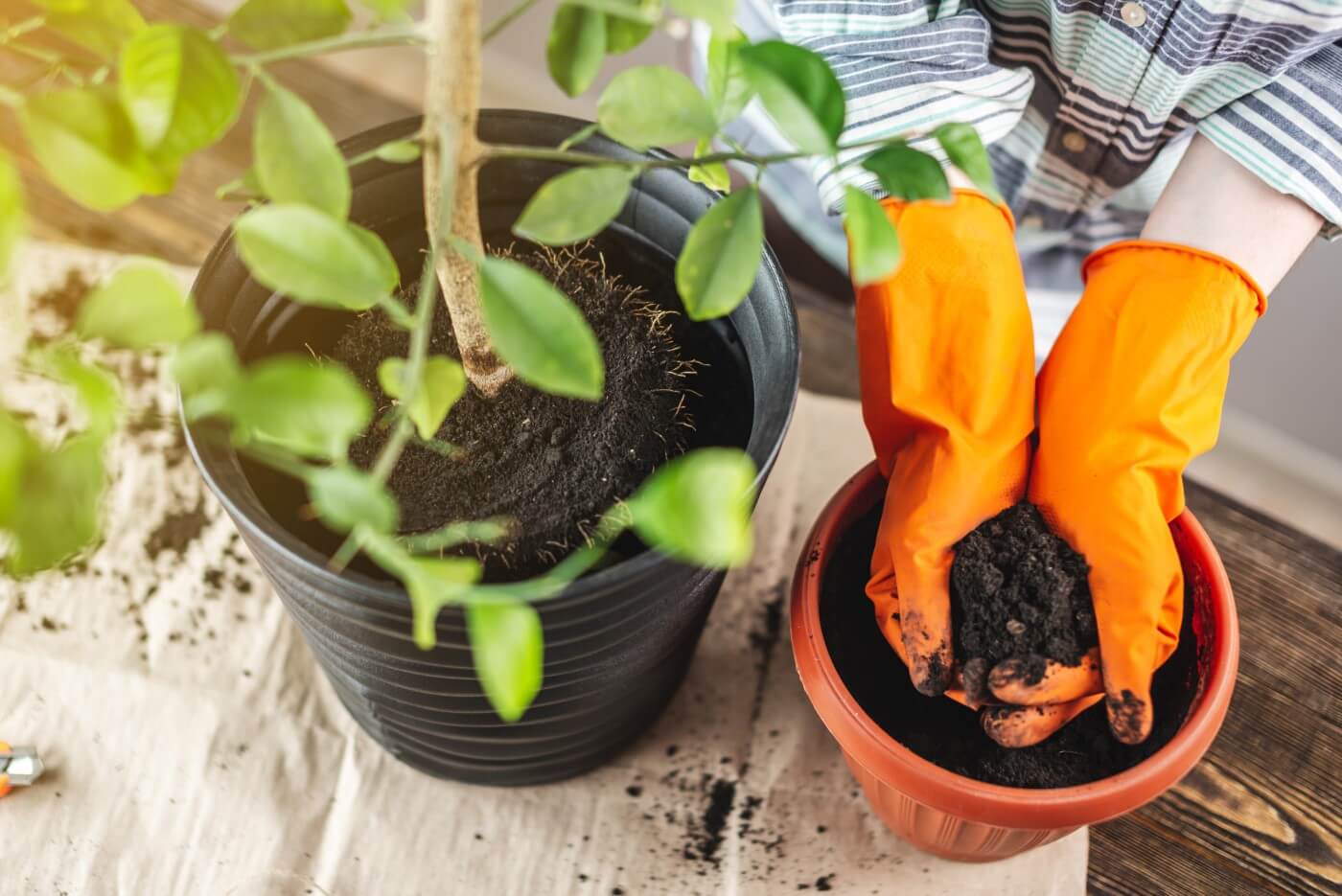
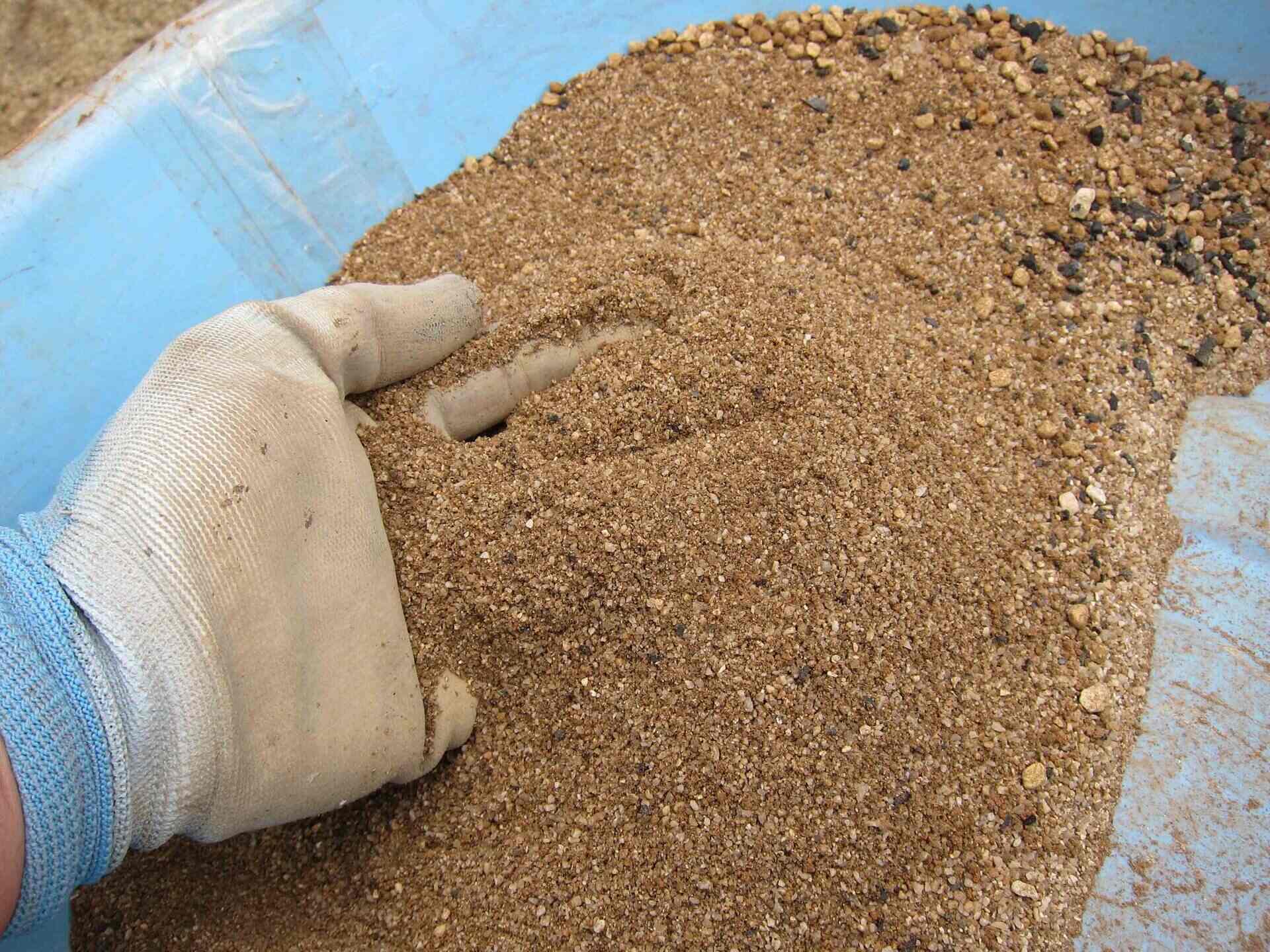
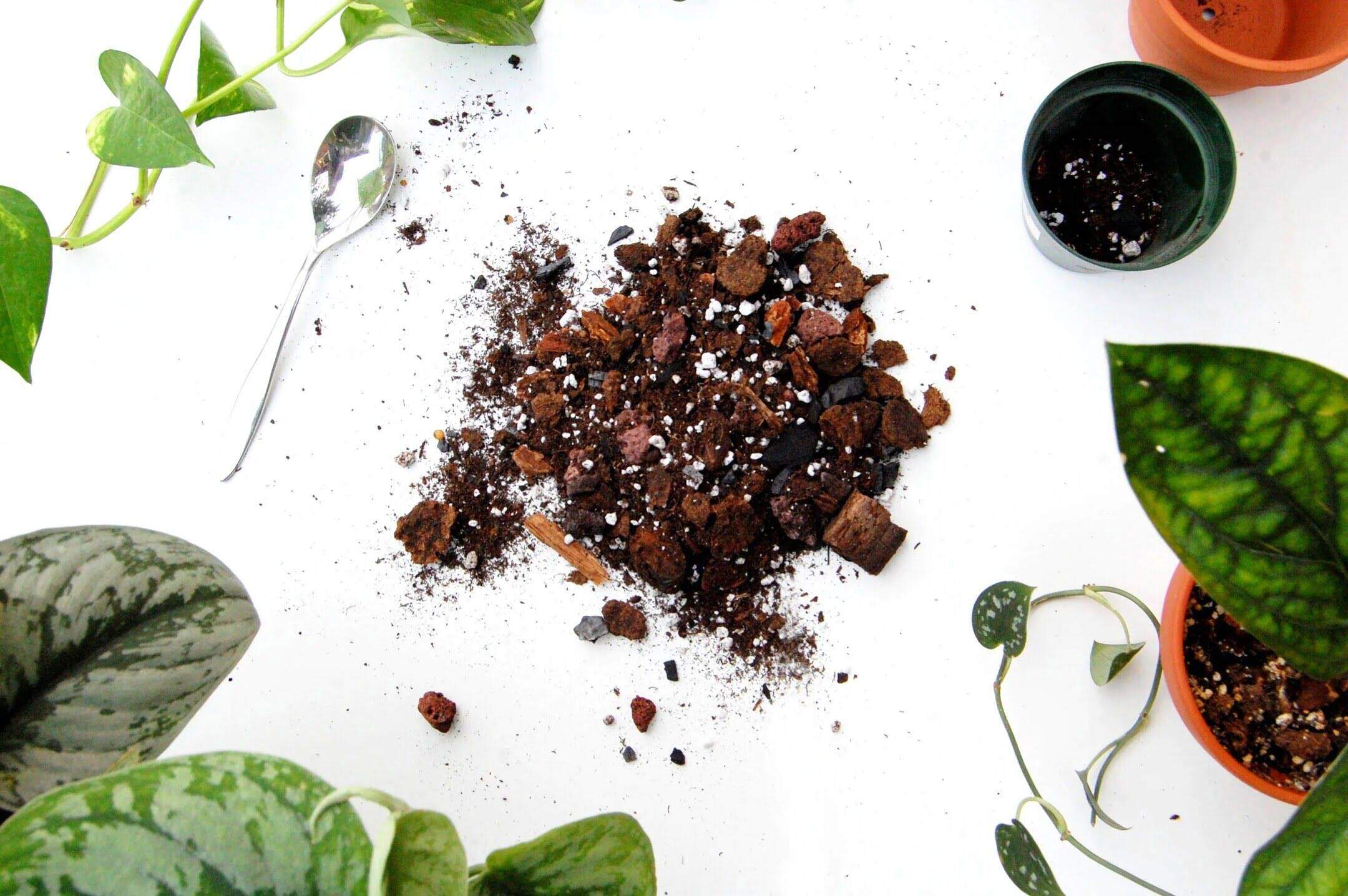
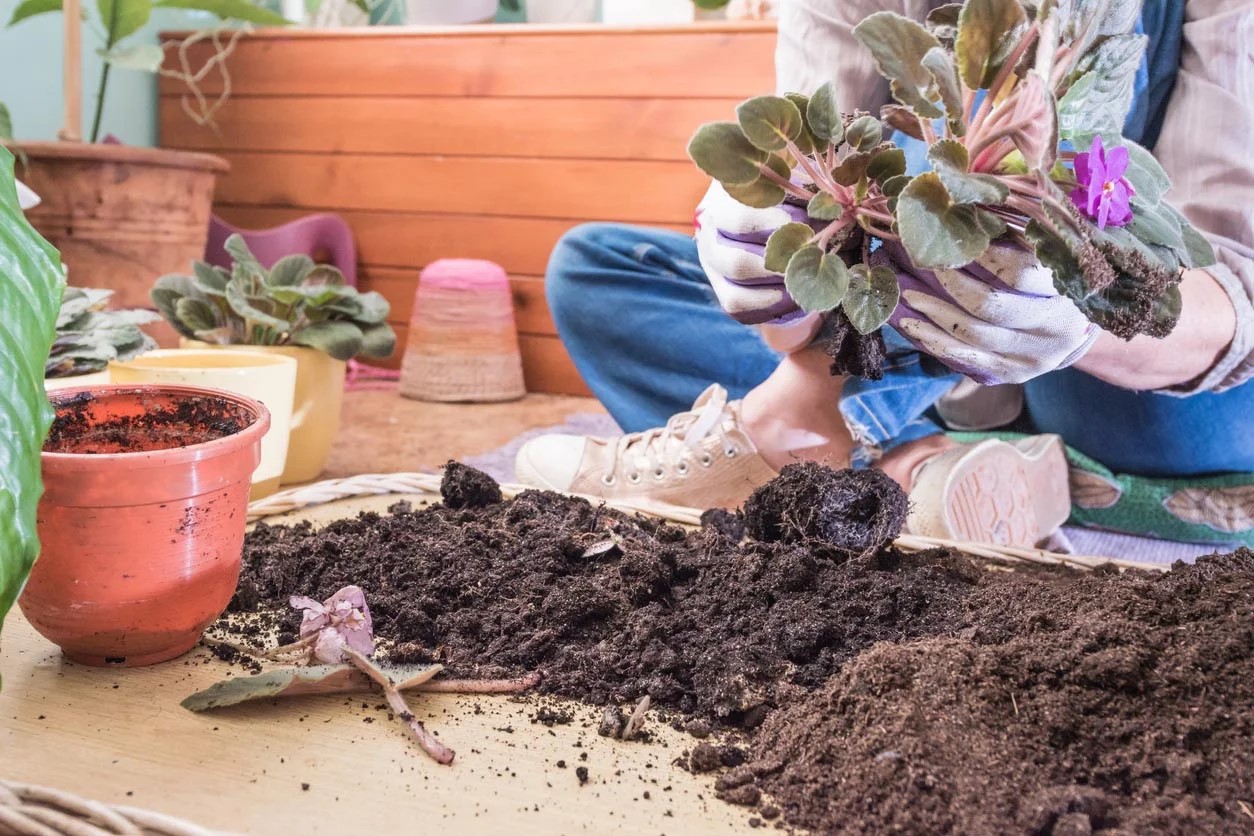
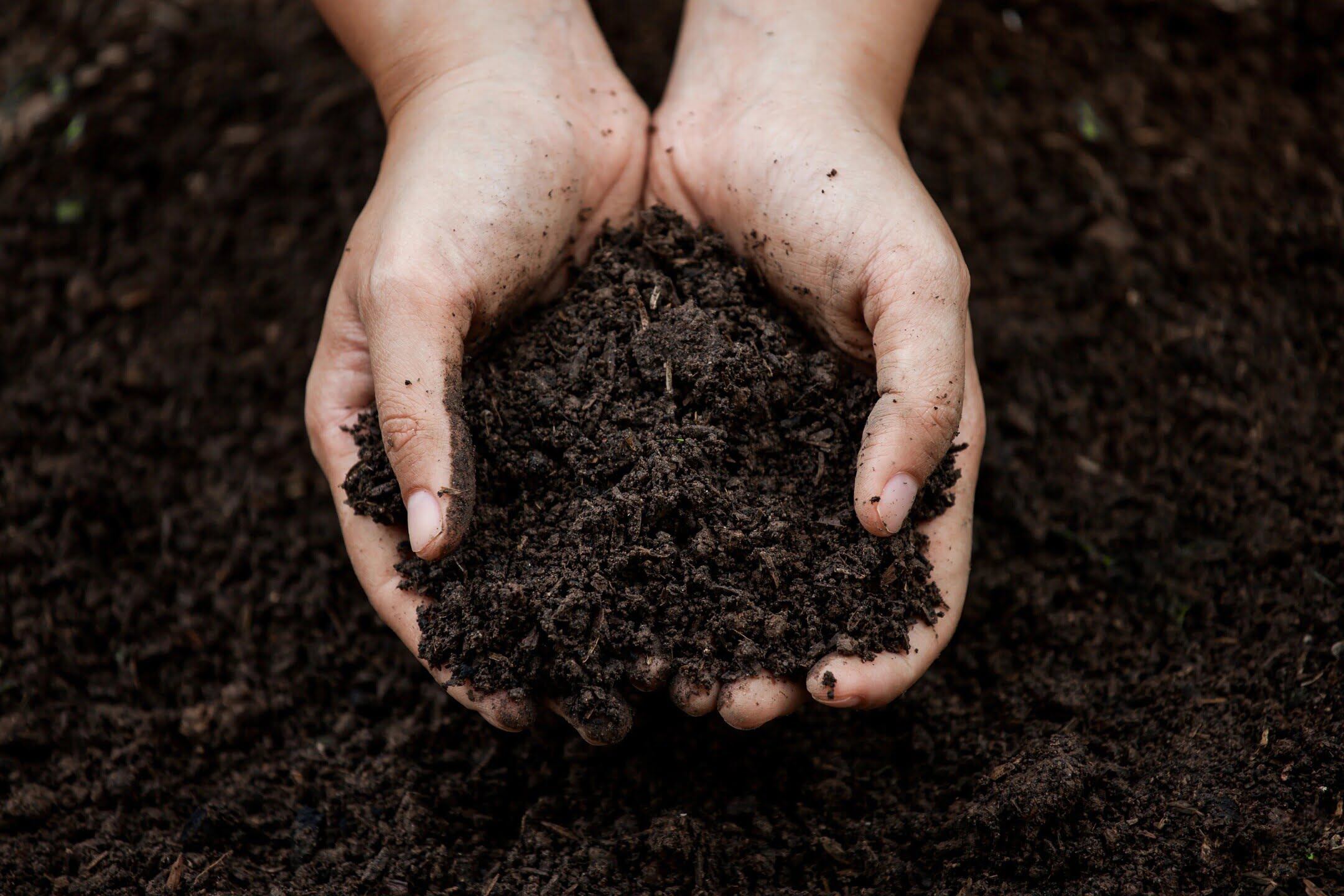
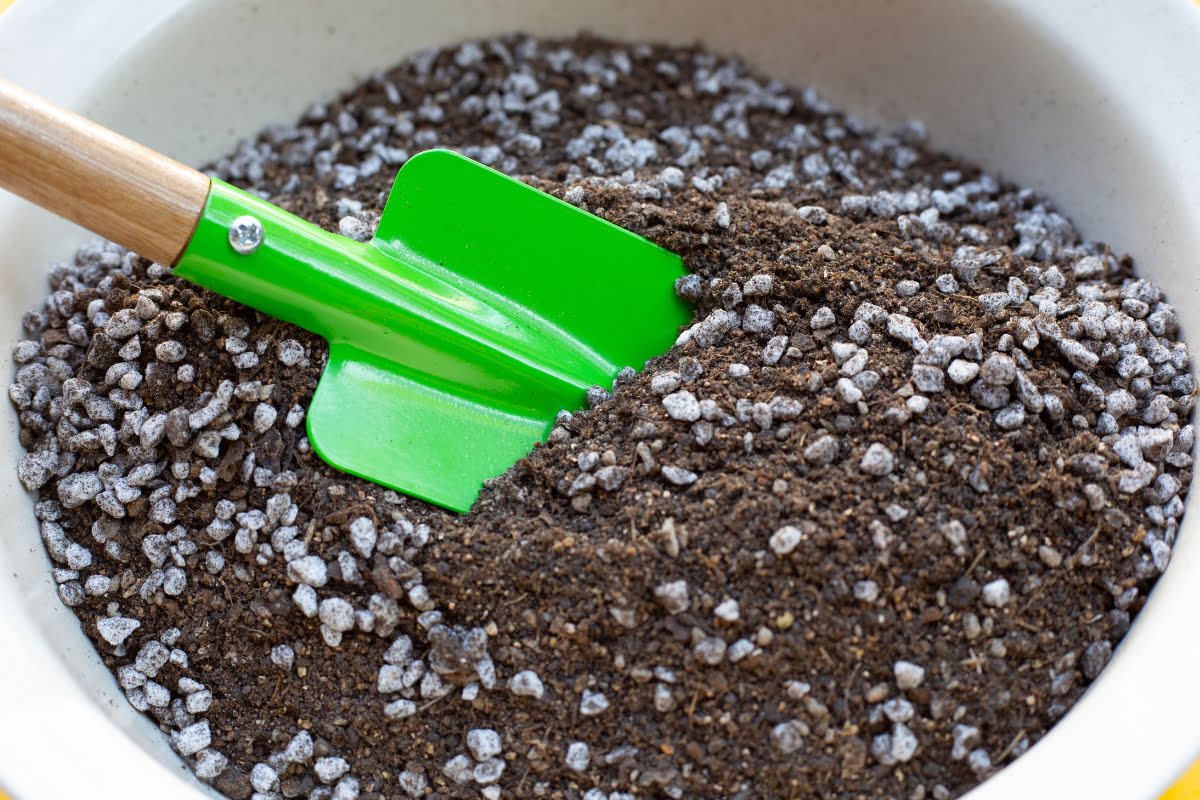
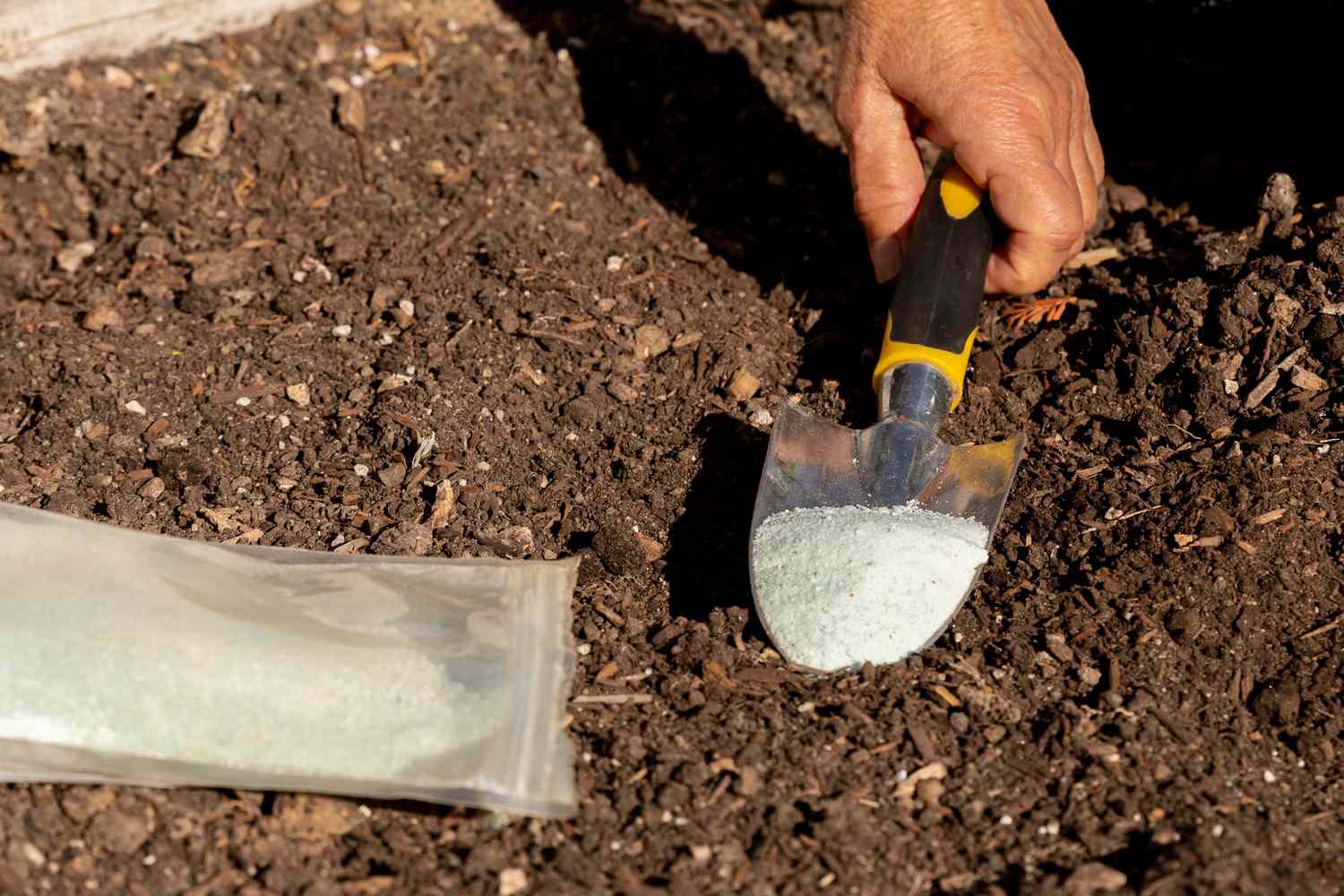
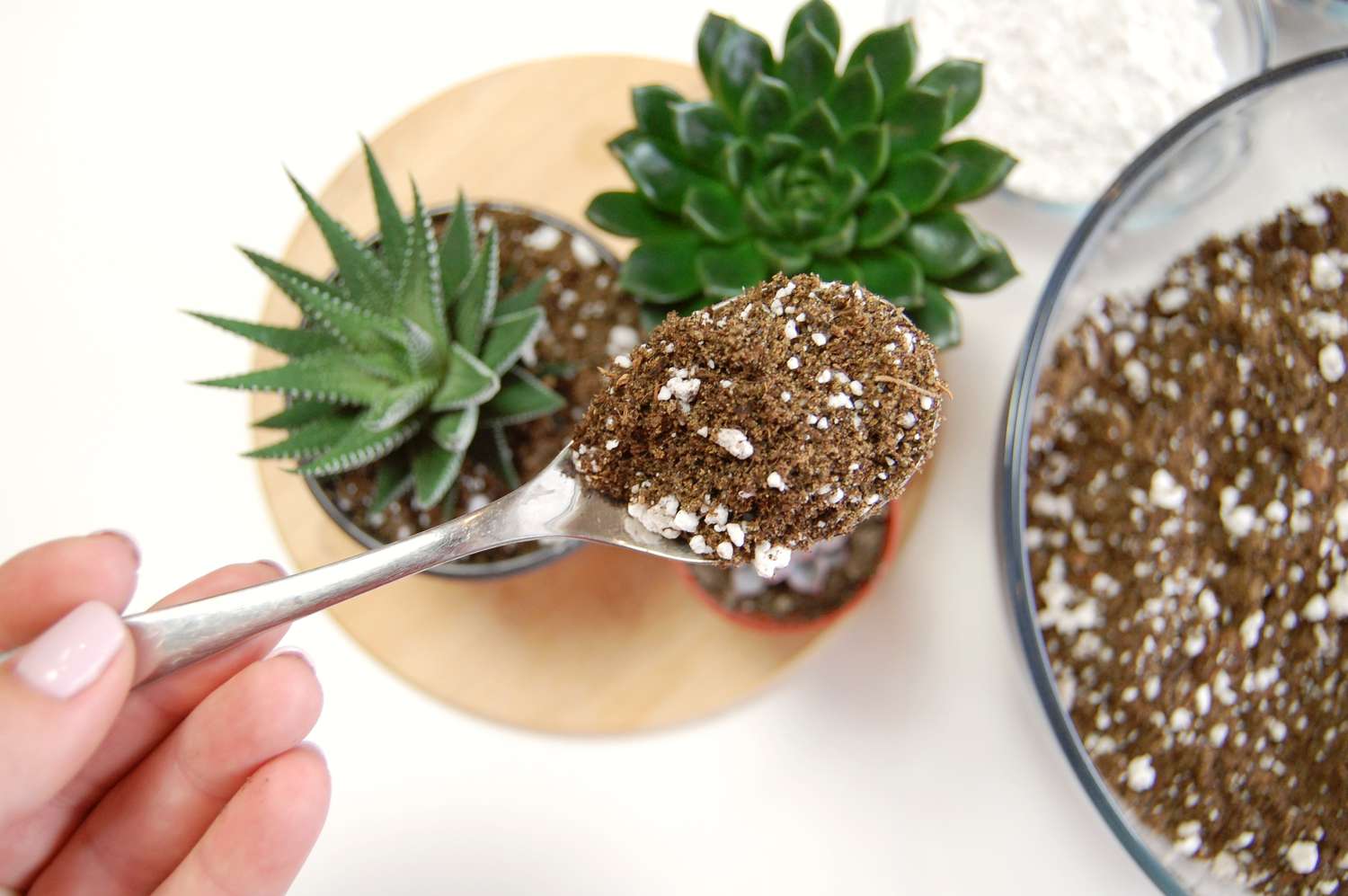
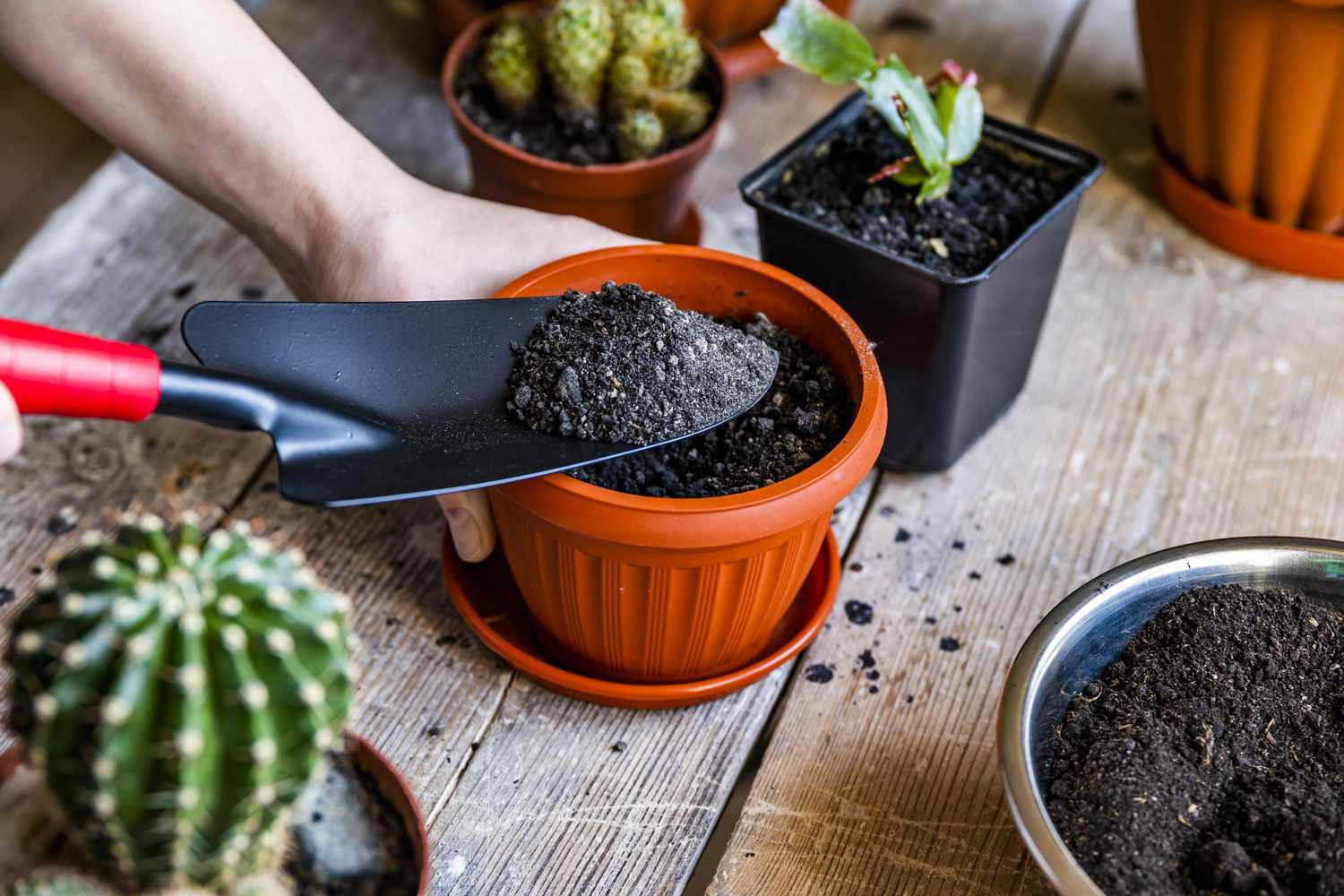
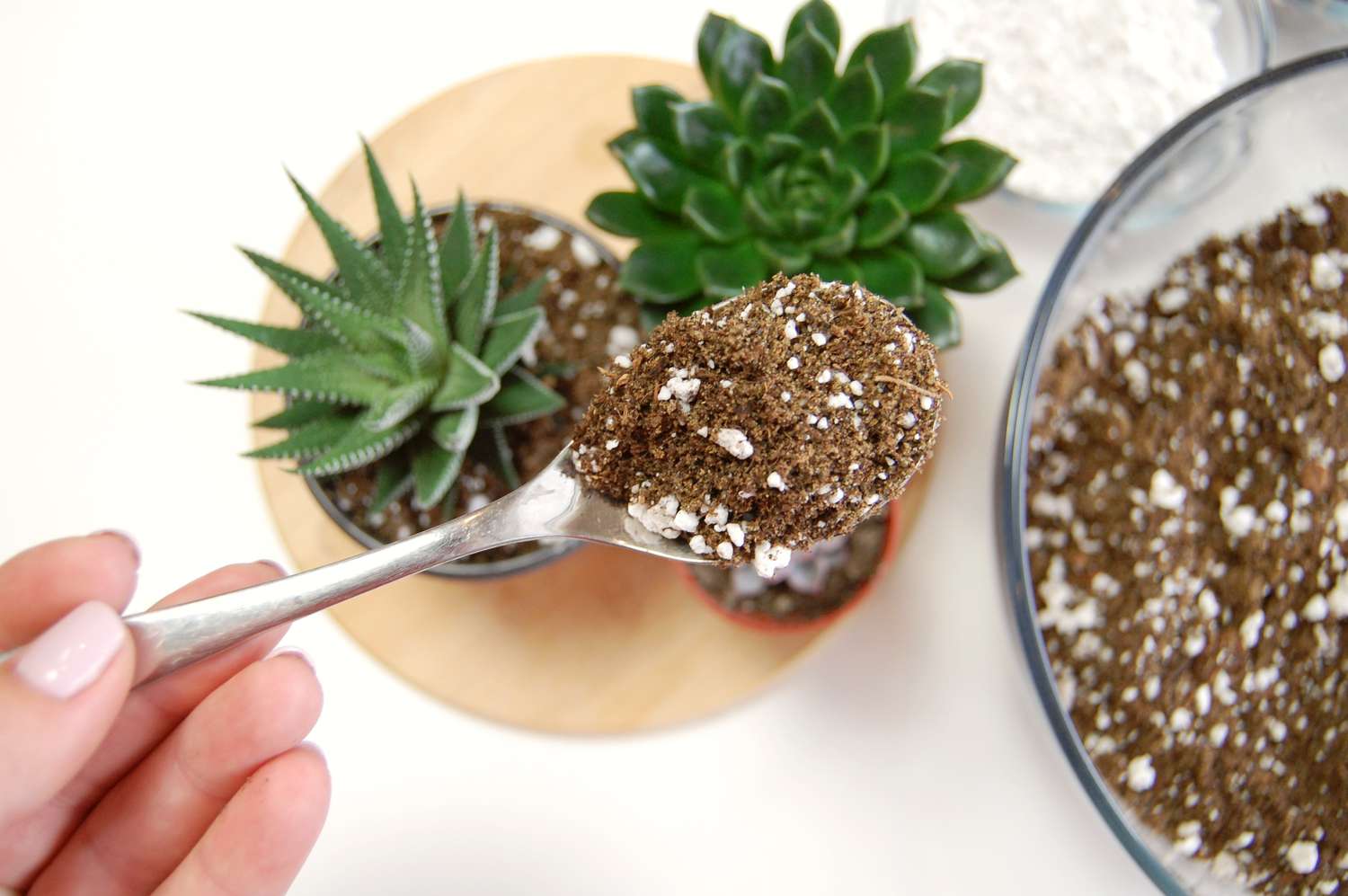
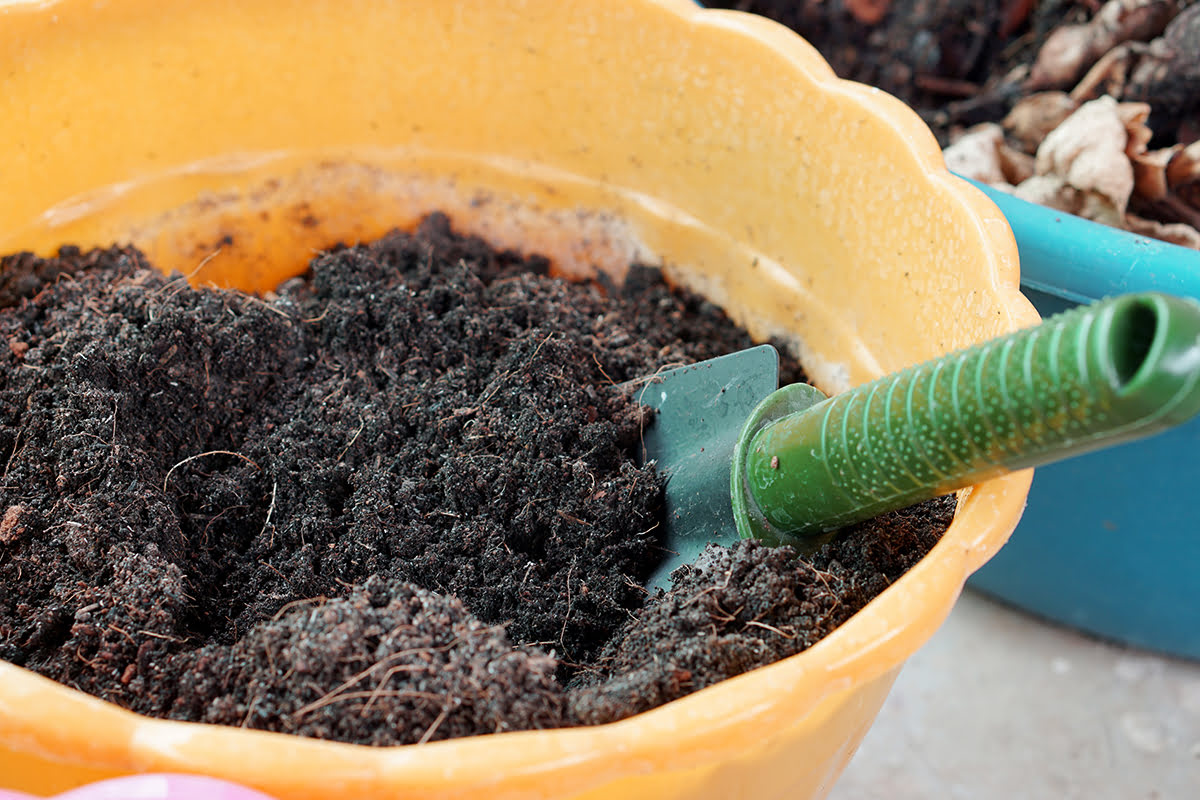
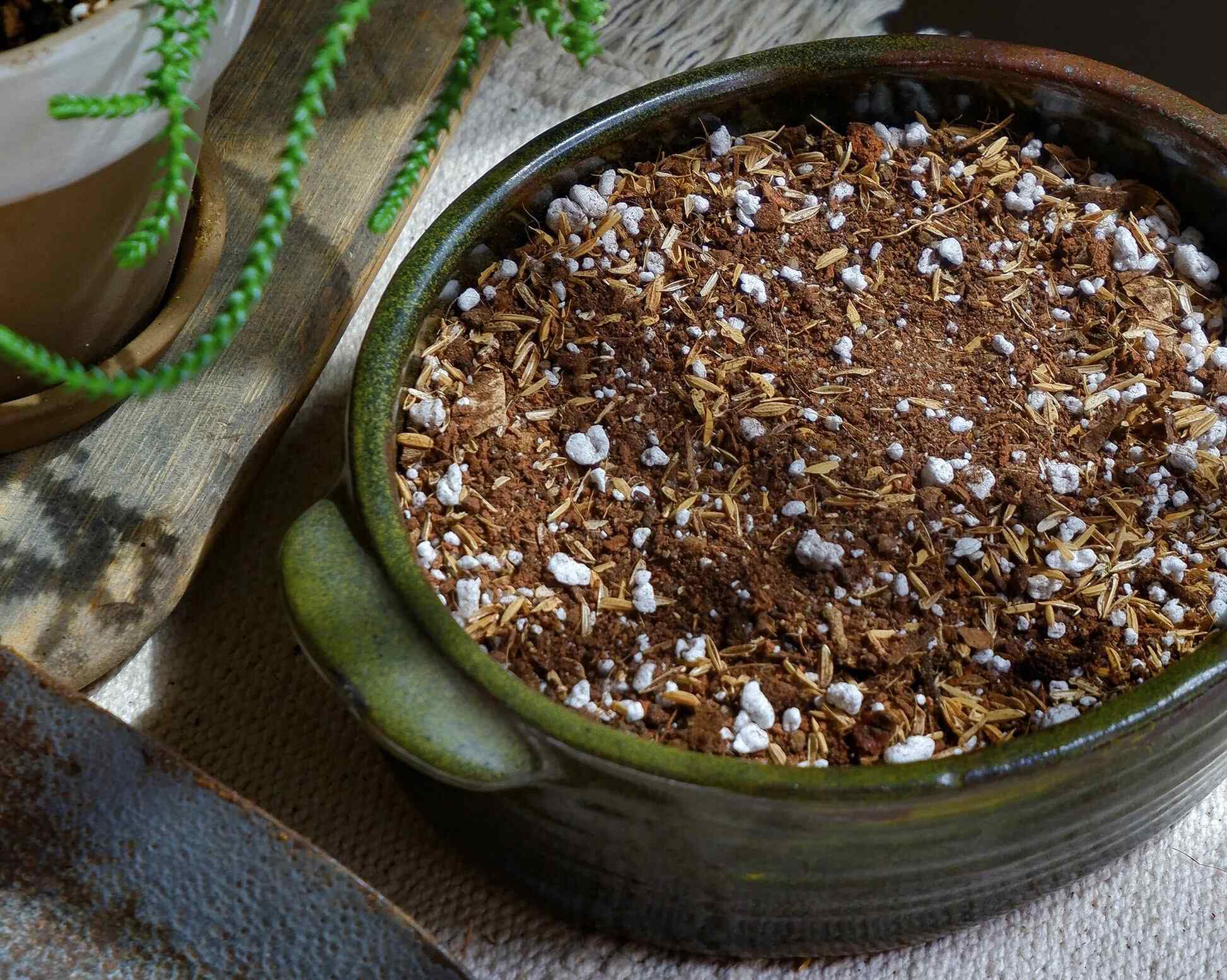
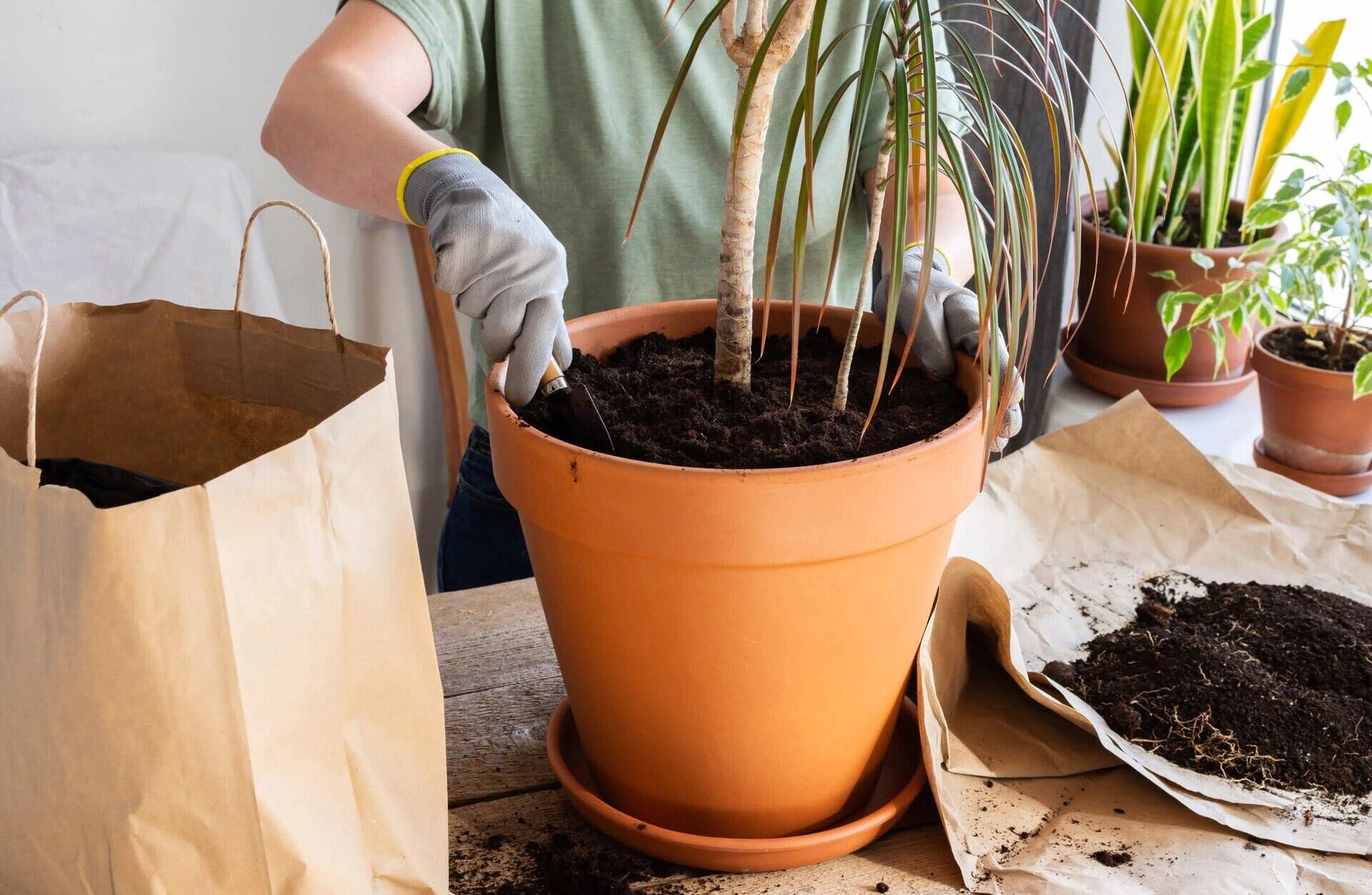
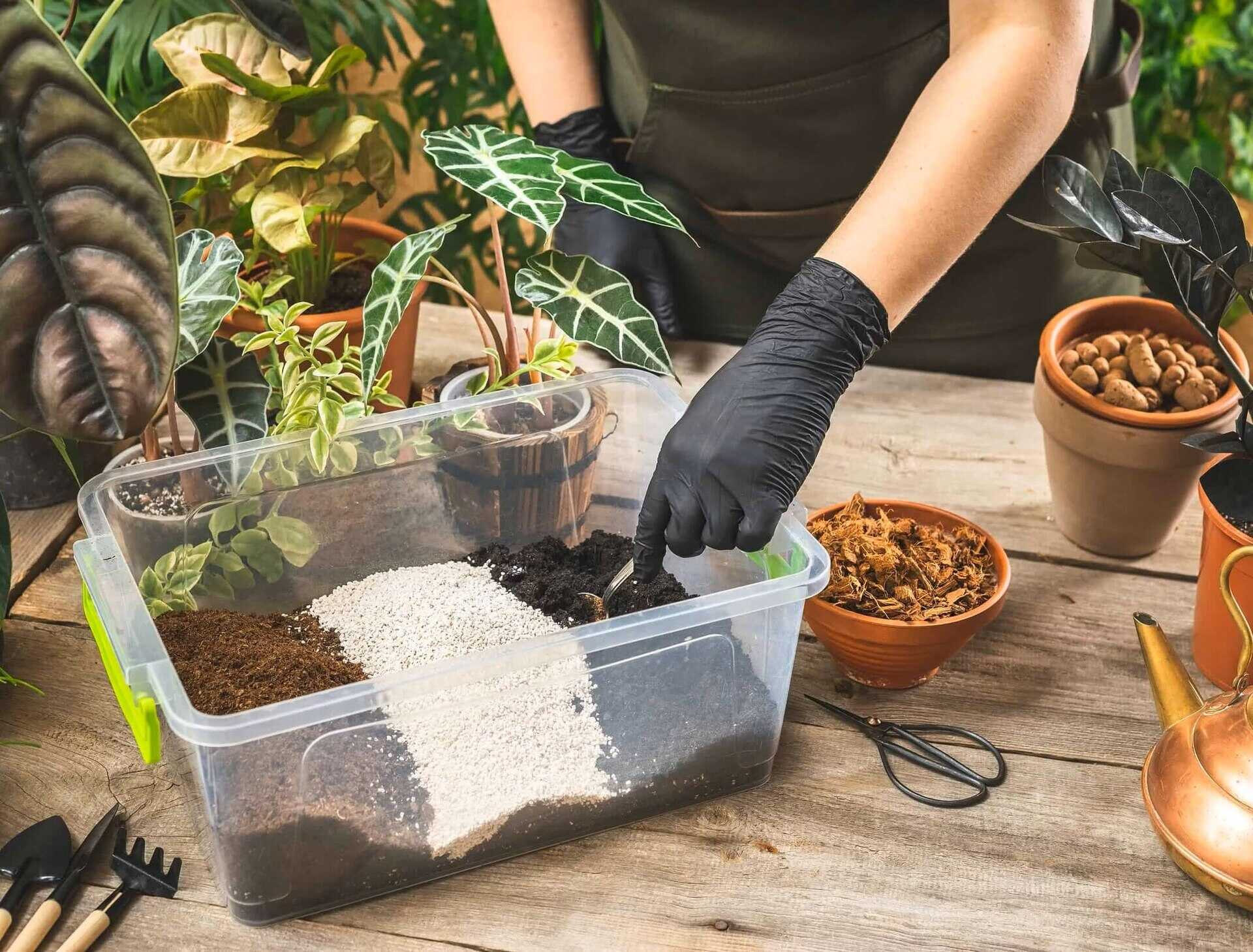

0 thoughts on “How To Make Organic Soil Mix?”